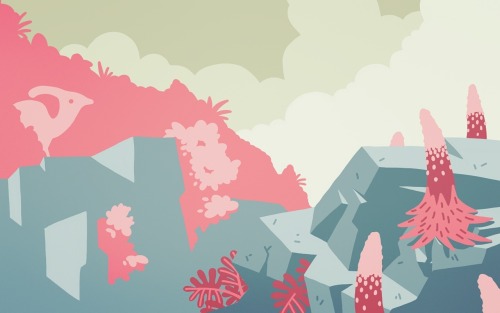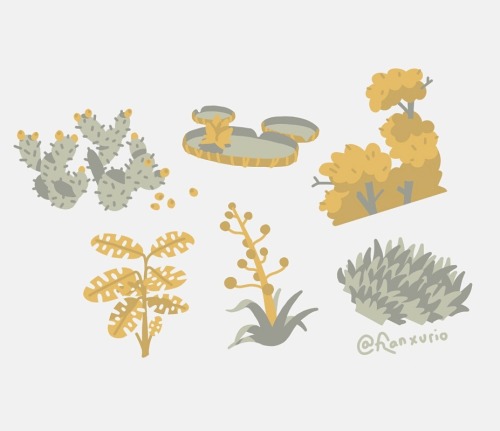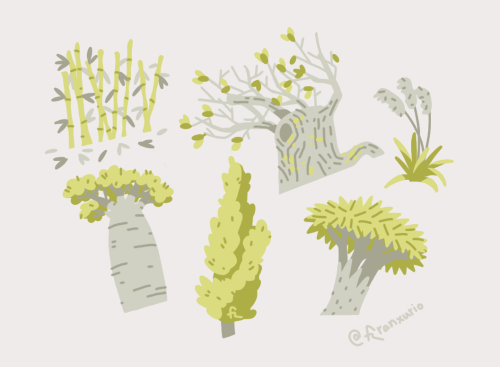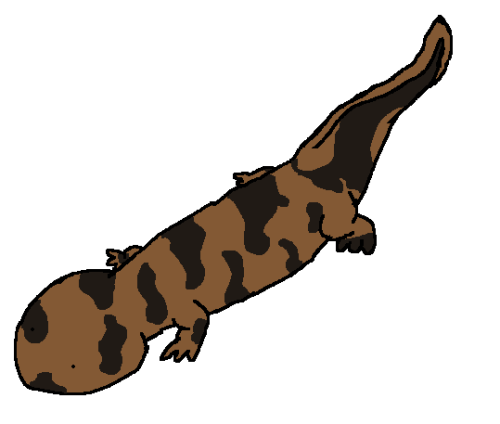#koolasuchus
Landscapes, plants and rocks
(http://www.facebook.com/franxurio,http://www.instagram.com/franxurio)
Post link
Koolasuchus – Early Cretaceous (120 Ma)
Thank you for joining me for Soggy Boy Hour. That’s right, we’re talking about an amphibian today, this one hailing from Australia! Its name is Koolasuchus, and it was, if I can dip into scientific jargon a moment, a bad motherfucker.
So, there are three major subclasses of amphibians, the lissamphibians, lepospondyls**, and the temnospondyls. Lissamphibians are every amphibian alive today; frogs, toads, salamanders, and caecilians. Temnospondyls included a wide range of animals, some who looked like salamanders, and others you might mistake for crocodiles or other reptiles. The exact relationship between the two groups is… unclear. Maybe lissamphibians are the descendants of temnospondyls, maybe not. We’re working on it. Moving over a few branches on the tree of life, lepospondyls* are a more ancient group, living from the Carboniferous to the early Permian.They were closer to reptiles than the others, and most of them resembled reptiles we know today. Diplocaulus, which I’ve drawn before, was one of the later lepospondyls.
Temnospondyls saw their prime in the Permian period, but were also prominent aquatic predators during the Triassic. The Triassic-Jurassic extinction event wiped out most of them, but there were a few outliers. Koolasuchus is one such outlier, it and its ancestors hanging on in the Antarctic Circle in the early Cretaceous. Australia is famous today for being a continent with a lot of more archaic animals, and this was true even a hundred million years ago. In fact, Koolasuchus is the youngest temnospondyl in the fossil record.
Koolasuchus is known from fragmentary remains found in southern Australia. We have its jaws and some ribs, vertebrae, and parts of its shoulder. It was named after the paleontologist Lesley Kool. The second half of its name means ‘crocodile,’ and I’ll get to that in a minute.
It lived in fast-moving streams and would lie in wait to ambush small prey, then drag it underwater to eat. Famously, it coexisted with the small ornithopod Leaellynasaura, and certainly snacked on them on the regular. It was probably one of the top predators of its ecosystem, competing with large theropods similar to Australovenator*. It lived, essentially, as a big, squishy crocodile.
So, to recap, Koolasuchus outlived most, if not all, of its close relatives in a remote, cold part of the world and not only survived, but thrived. It was nothing to fuck with. Even dinosaurs knew.
This crocodile-sized amphibian is a good example of “survival of the fittest” and its true meaning, which is more like, “survival of the most alright.” Crocodilians were common in the Mesozoic, and almost anywhere there was a niche for an aquatic apex predator, they occupied it. The exception is Cretaceous Australia, where that niche was filled by Koolasuchus. If there had been crocodilians in the same habitat, they probably would have outcompeted these more archaic forms.
Australia is still like that today, with its various marsupials and monotremes. Big cats are top predators worldwide, except in Australia. It’s why invasive species and outdoor housecats are especially dangerous there. The stuff that was already there developed to fill the ecological niches, and in lots of cases, didn’t fill those niches as efficiently as animals on larger landmasses. For example, rats are dangerous to the ecosystem in New Zealand, because they’re significantly more efficient than the small, nocturnal scavengers native to the islands, which are actually a species of bat. Monotremes in particular are pretty analogous to Koolasuchus, as a long-extinct group of animals that hung on in Australia.
Koolasuchusis one of my favorite members of my favorite class of vertebrates. As a kid, I was fascinated by the idea that a big amphibian could be so successful when it was millions of years out of place. Of course, I was pretty delighted to find out that giant salamanders exist, and they’re pretty much just smaller versions of Koolasuchus. I took a lot of inspiration from giant salamanders when drawing this one, even. The coloration is even inspired by the Chinese Giant Salamander, the largest living amphibian.
*I’m hesitant to say it lived alongside Australovenator, because Australovenator has only been found several million years later than Koolasuchus. It absolutely lived alongside its ancestors, though.
**I forgot to include lepospondyls in my original post. Thanks, mormonfellowhere!
Post link








